Ocula Member Galleries are selected by a committee of respected gallerists to present only the best of contemporary art on Ocula.
Read MoreWhether you want to discover contemporary art created by established artists or by emerging talents, below you will find some of the best galleries across Taipei's vibrant art scene presenting a range of both.
The bustling city of Taipei is home to prominent galleries in Asia. The majority is clustered on the north bank around the Neihu district, where nature intersects with media and technology companies following Taiwan's industrial development in the 1990s.
Centring video and photography, Chi-Wen Gallery founded in 2004 is among leading contemporary art galleries in Taiwan. The gallery's exhibition programme is rather robust and supports vanguard artists such as Sin Wai Kin, Li Ran, and Lee Kit.
Since 2009, Tina Keng Gallery has championed modern and contemporary Taiwanese art. Its sister brand, TKG+, was conceived the same year to develop future generations across Asia: innovative artists such as Chou Yu Cheng, Sawangwongse Yawnghwe, and Mit Jai Inn.
First established in Tokyo, Whitestone Gallery now holds ground in Asia's main art capitals. Since 1967, the gallery has supported a range of Japanese art, from Gutai members Jiro Yoshihara and Kazuo Shiraga to postwar painter Lee Ufan, and young talent Miyako Terakura.
Double Square Gallery was established in 2015 with an eye for publishing and research in addition to art and curatorial practices. Its support of experimentation and imagination results in a peculiar roaster from Cynthia Sah to Miyuki Yokomizo and Huang Hai-Hsin.
Lin & Lin Gallery in Da'an district has advocated for modern Chinese art since 1992, while Project Fulfil Art Space centres the gallery space as part of the viewing experience. Artists invited to show work include Wang Tzu Ting, Stephen Wong, and Ho Tzu Nyen.
Explore current and upcoming exhibitions across Taipei's best galleries, institutions, and non-profit art spaces.
Read MoreTaipei remains an under-frequented destination for the arts, with its earliest museum established only in 1983. Rapidly developing in recent years, the overarching focus on local identity, Chinese heritage preservation, and formal experimentations from a new generation promise a good variety of exhibitions to visit for the adventurous and nostalgic.
Taipei's museums and institutions offer an exceptional arts and culture experience. Explore our selection of the best spaces to visit.
Read MoreMuseum of Contemporary Art Taipei is Taiwan's first contemporary art museum. Established in Datong district in 2001, the institution has featured a range of Taiwanese artists and events over the years and international talent more recently within its colonial-era building.
In Zhongshan district is Taipei Fine Arts Museum. As Taipei's main art museum, the institution supports the preservation, research, and development of Taiwanese art and its international recognition. Since 1984, it has hosted the Taipei Biennal and the annual Taipei Art Awards.
Sited in Taiwan's former Air Force compound, C-LAB was established by the Ministry of Culture in 2018 with innovation as its main objective. Its space doubles as an incubator for Taiwanese 'creators' from different disciplines. In 2020, it hosted the Taiwan International Video Art Exhibition with Hong-gah Museum, which focuses on video and collective.
Additional cultural and heritage sites to visit include Huashan 1914 Creative Park, a former winery in Zhongzheng district, turned performance and exhibition venue, and Taipei Artist Village, housing artist studios, art classes, and exchanges between artists and visitors.
Ocula Magazine is an online platform dedicated to publishing the best in contemporary art internationally. Explore our in-depth conversations, insights, features, news stories, and photologs covering Taipei's arts scene here.
Read MoreSince its launch in 2010, Ocula Magazine has interviewed some of Taipei's most significant artists including Steven Lee and Matthew Shieh. Ocula Magazine has also published features of artists such as Lai Chih-Sheng and Chen Ching-Yuan.
In any given week, you can see the works of some of the world's most exciting artists in Taipei. Here you will find a selection of artists whose works are currently on show in the city.
Read MoreSign up to My Ocula to follow artists and galleries, save artworks to your favourites, and be informed when new exhibitions and features are published.
Taipei has propelled the careers of Japanese and international artists, with its renowned galleries and museums providing a global stage for seminal exhibitions. Artists who have been the subject of major exhibitions in Taipei include Sanyu and Danh Vo.
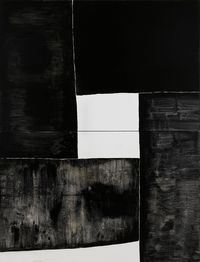
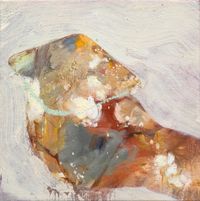
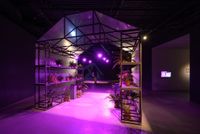

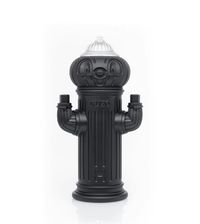
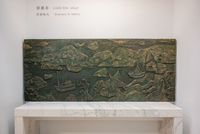
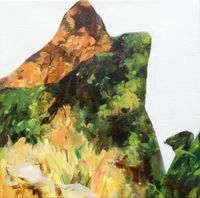
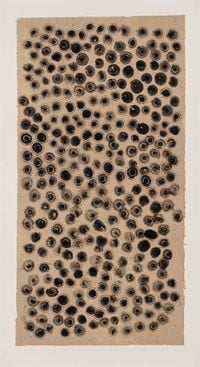
The bustling city of Taipei has an equally lively art scene, made up of tremendous museums, galleries and non-profit spaces. The National Palace Museum sits at the helm with over 600,000 artefacts spanning 5,000 years of history. Originally founded in Beijing in 1925, the Museum was relocated to Taipei during the Chinese Civil War in 1948 to safeguard its collection, which includes the famous jade cabbage—a detailed reproduction of a Chinese cabbage head reputed to have been part of the dowry of the Guangxu Emperor's consort Jin Fei in the Qing Dynasty (1644–1911)—along with ancient objects that include Song dynasty paintings and calligraphy, ritual bronzes, ceramics, early printed books and more.
Read MoreFounded in 1983, the Taipei Fine Arts Museum showcases artwork by Taiwanese and international artists from the 19th century to today, and acts as the host for one of the region's best-loved biennials: the Taipei Biennial. The Biennial was borne from two exhibition projects conceived by the Museum to celebrate contemporary art: Contemporary Art trends in the ROC and An Exhibition of Contemporary Chinese Sculpture in the Republic of China, held on alternating years between 1984 and 1991 until they were merged in 1992 to form the Biennial.
With a solid institutional backbone, the city is also home to over 30 galleries. These spaces move between supporting contemporary artists and showcasing modern masters, such as Asia Art Center, which represents Li Chen, Chu Weibor and Yang Chihung, among others. The artful balance between modern and contemporary is a defining characteristic of many of the city's galleries, including Tina Keng Gallery, which has been instrumental in forging the careers of many Asian masters, including Zao Wou-Ki, Sanyu, Lin Fengmian and Yun Gee. TKG+—the gallery's experimental sister space—continues this legacy by working with emerging artists and providing a platform for experimentation across different media.
Taipei's galleries and art spaces are spread across the city. Those looking to avoid travel can spend time in Huashan 1914 Creative Park, which possesses a similar structure to Beijing's 798 Art Zone. The complex originated in 1914 as a wine factory and camphor refinery. It was vacated in 1987 and artists advocated for it to be used as an art space in 1997. The red brick buildings now host a number of exhibitions throughout the year, interspersed with cafés and knick-knack shops.
The city's more experimental spaces include TheCube Project Space, located in an alleyway in the southern part of the city. Founded by independent curator Amy Cheng and music critic Jeph Lo, TheCube takes pride in being one of few art spaces in the city that has the capacity to organise 'quality international exhibitions on a non-profit basis'. As such, TheCube has become a site of lively cultural exchange—a position that has been harnessed by the city as a whole.
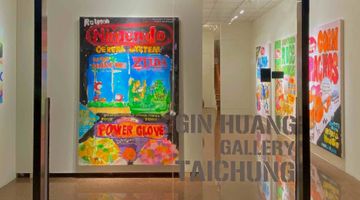 Gin Huang Gallery
Gin Huang Gallery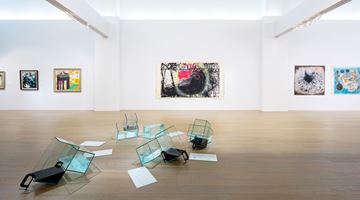 Liang Gallery
Liang Gallery Lin & Lin Gallery
Lin & Lin Gallery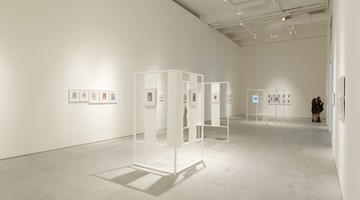 Tina Keng Gallery
Tina Keng Gallery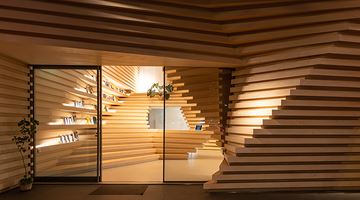 Whitestone Gallery
Whitestone Gallery